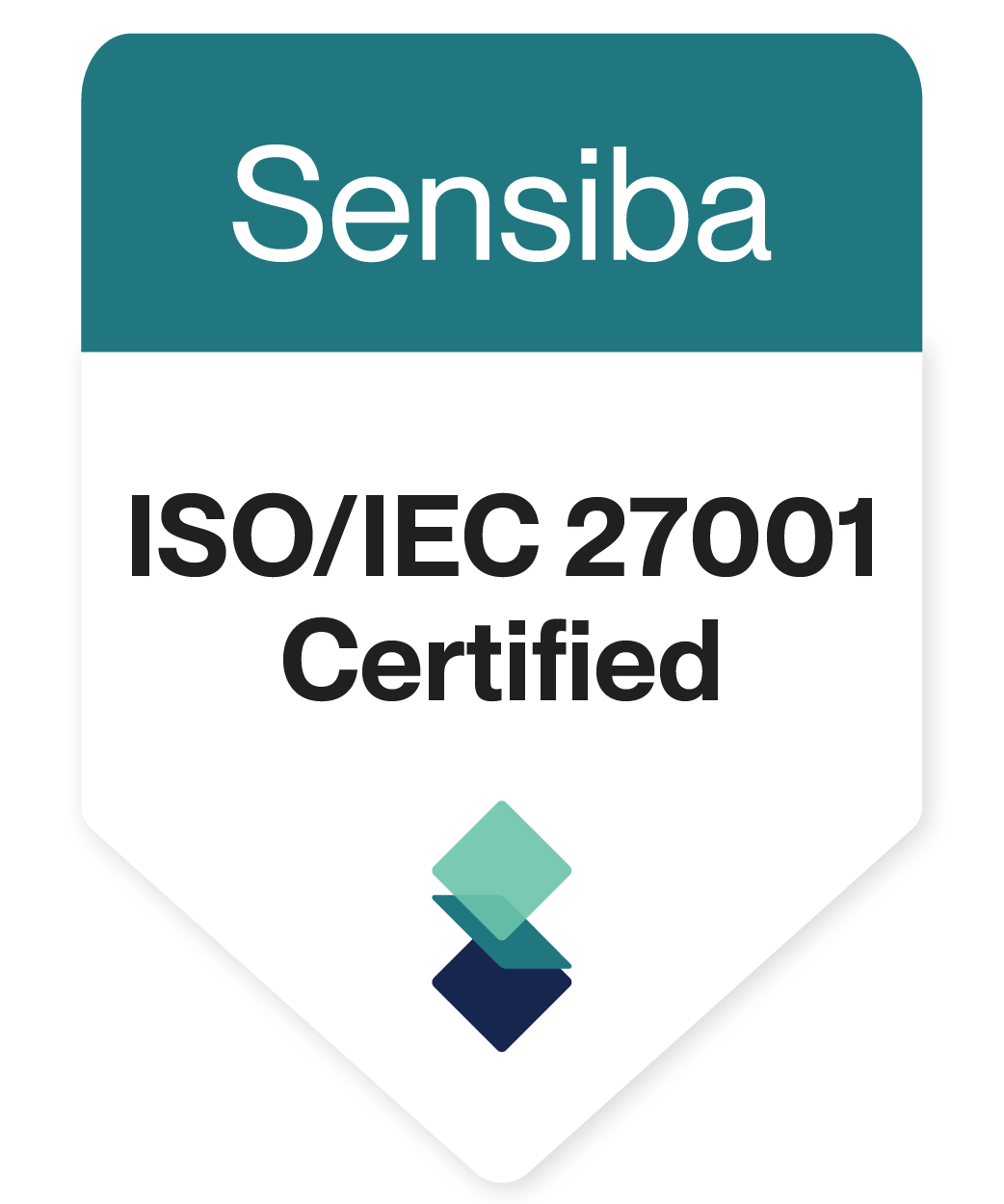WHY BUILDING AN EMPLOYEE ENGAGEMENT PROGRAM IS VITAL FOR BUSINESS SUCCESS
An engaged employee is more productive, loyal, and willing to work harder than an unmotivated employee. Disengaged employees and disgruntled employees are a threat to the security and the safety of an organization.
Workplace motivation is more than just a paycheck. People so often dedicate years of their lives to projects that offer little or no financial reward. At Cloverleaf we believe no one should dread coming to work every day.

PUTTING TOGETHER EMPLOYEE ENGAGEMENT STRATEGIES
Effective employee engagement has to be more than a slogan or a euphemism for conventional “carrot-and-stick” motivation. Positive reinforcement, or rewards, is important, but employers need to recognize that intangible benefits can be more important than tangible rewards as drivers of employee engagement.
A worker engagement strategy should align the core values of the company with the employees’ identity, self-concept, and deep motivational drives.
The best practices in developing an employee engagement strategy are:
Measuring engagement effectively
Understanding employee needs
Establishing multiple feedback channels
Fostering two-way communication
Making the right changes in the workplace
Employers and managers have to understand what employees want. Marketing researchers invest time and money in modeling consumer behavior to better understand the customer experience and provide customer satisfaction. An employee engagement model requires the same level of investment.
Employees want to do well at a job, but they want more than that. They want to belong to a team that values their contribution, and they want to feel their work has purpose. They want to feel they have paths to personal and career development. If the entire company can demonstrate that it understands employee needs and follow through by meeting them, engagement initiatives are more likely to succeed.
Each employee is different, learning and communicating in unique ways. They have varying needs that might require different accommodations. Consider the following examples of employees.
A stay-at-home father who wants meaningful work but needs childcare benefits and a clear sense of work-life balance
An aspiring writer who is working to pay her bills while she finishes her first novel
An employee with a poor self-image who works long hours to escape an unhappy marriage
A perfectionist who creates exceptional work but is easily frustrated and demoralized
Managers should encourage employees to express these differences in a constructive way, without fear of judgment. The employee benefits package, including workplace accommodations, schedules, and perks, should be flexible enough to motivate and retain a diverse and varied workforce.
Constructive communication is essential at every stage. The hiring process and onboarding orientation should clearly communicate job expectations. HR professionals should understand the career goals of new employees as well as their needs for personal development, inside and outside of the workplace.
Continue to promote employee development throughout their careers and recognize the value of senior employees. When employees leave the company, don’t brusquely escort them out. Understand their experience and the lessons it can teach for performance management and employee retention in the future.
HOW TO MEASURE EMPLOYEE ENGAGEMENT
Employees work better as a team; Cloverleaf helps empower your team to do their best work while building better relationships: Engagement encompasses many things, including:
Diligence at work tasks
A feeling of personal connection to the company
A mindset that focuses the employee on shared goals of co-workers, team members, and management
Measuring employee engagement requires attention to employee thoughts, feelings, and actions in different ways. A complete picture of employee engagement requires measurement strategies that target each aspect of employee engagement in different contexts. Employers and HR managers can tailor messages, policy changes, and engagement initiatives to meet specific needs.
Monitoring employee performance allows managers to track behavioral signs of employee disengagement, such as
Using the work computers for entertainment
Failure to comply with workplace rules
Absenteeism
Non-verbal cues of disengagement are equally important. An employee who suddenly seems withdrawn, glum, short-tempered, distracted, or anxious may not be optimally engaged.
Lastly, it is important to know what employees think of the company, its purpose, and their personal stake in its success. If employees believe the company only pays lip service to its mission statement or if they feel personally overlooked or exploited, they will find it difficult to perform effectively at work.
The measurement process should not be focused on judgment but on identifying and solving problems. Disengaged employees might have physical or mental health issues. They might have lost loved ones, or they might be experiencing harassment in the workplace or abuse at home.
Engagement initiatives should focus on job crafting which is the act of understanding employee needs and finding constructive ways to bring them back into alignment with the organization.
Giving the employee time off, letting them relax at their workstation, or providing help outside the workplace could allow the employee to get through a difficult time in their life. Adjusting and being flexible to employees’ needs fosters a deeper engagement in the long term.
HOW MAKING THE RIGHT CHANGES CAN BOOST EMPLOYEE ENGAGEMENT
Providing Work Incentives
Keep in mind that incentives can be financial rewards, benefits, and intangible rewards. The incentives should match employee needs.
A pay raise could reduce anxiety and improve engagement for employees facing unexpected costs or saving for a major purchase. However, giving one employee a pay raise without benefiting others could lead to feelings of unfairness.
Building Out Structured Career Paths
For all employees, particularly those motivated by status and ambition, skill development training and other professional development programs give employees access to meaningful work that meets company needs and can justify recognition and pay raises.
Celebrating Wins
Employees who need validation and a sense of belonging could benefit from recognition programs and awards at company events. However, fairness is an issue here as well. An inauthentic pat on the back could make the employee more distrustful and make other employees jealous.
Employee recognition is most effective when it connects to valued incentives and genuine professional development. If you have invested in employee growth, you will be able to engage employees by celebrating that growth.
Try not to frame wins as zero-sum games where one person’s win is another person’s loss.
Conducting Yearly Award Ceremonies
A yearly award ceremony is a good way to build team spirit and recognize star performers. The ceremony could reward productivity but also recognize employees who exemplify the company’s values and contribute to the workplace in intangible ways.
The award ceremony should be accessible to all and provide many opportunities for recognition. Employee surveys should measure whether anybody felt uncomfortable, jealous, or disaffected at the ceremony.
PEOPLE ALSO ASK
What Are Employee Engagement Programs?
Companies worldwide are investing in employee engagement initiatives. They help managers, HR leaders, business leaders, and others with a stake in the workplace environment to:
Foster enduring employee loyalty
Motivate new hires during the onboarding process
Create a workplace culture that engages employees
Ensure that employees remain engaged while doing remote work
Inspire diligence, creativity, and productivity in employees
Turn workplace tasks into passion projects
What Makes a Good Employee Engagement Program?
A good employee engagement program uses multiple methods for engaging employees, including several feedback methods. These include employee engagement survey data, meetings, and anonymous reports to understand employee thoughts, behaviors, and actions. It uses that information to promote employee satisfaction, growth, and development.
The program is adaptable so that it can serve the needs of diverse employees but transparent so that employees perceive it as fair and are able to voice their concerns.
The program should also inspire a change in company values and company culture to promote a constructive relationship between employees and the company based on two-way communication and mutual respect.
How Do You Develop an Employee Engagement Program?
One popular approach to the development of employee engagement initiatives is the ADDIE model. ADDIE stands for Assessment, Design, Development, Implementation, and Evaluation.
The first step is identifying employee needs. Are they primarily financial, emotional, or rooted in their identity and personal ambitions? What workplace situations or structures prevent employees from engaging?
Taking into account detailed employee feedback, construct employment engagement initiatives that target specific areas of concern. As you put those initiatives in place, continue collecting feedback and determine whether they have increased engagement, productivity, and loyalty.
What Is an Example of Employee Engagement?
Consider the following examples of employee engagement initiatives.
An employee is given a more flexible schedule so that she can drop her children off at school and pick them up afterward. She values the job opportunity and works proactively with her supervisor to ensure that her work is done on time.
An employee has the ability to choose projects that interest him personally. He knows that the projects will be part of a portfolio that will help his future career advancement. He works long hours and exceeds expectations on these projects even though he does not receive extra pay for that work.
An employee is working abroad and sends money back home to his family. The job pays more than work he could get in his hometown. His employer offers performance bonuses and overtime, so he works diligently on any tasks that his manager assigns to him.
Cloverleaf Inspires People to Achieve Their Highest Potential
The Cloverleaf team provides entrepreneurs, businesses, HR professionals, and coaches with the tools they need to understand their employees and coach them to work to their full potential.










